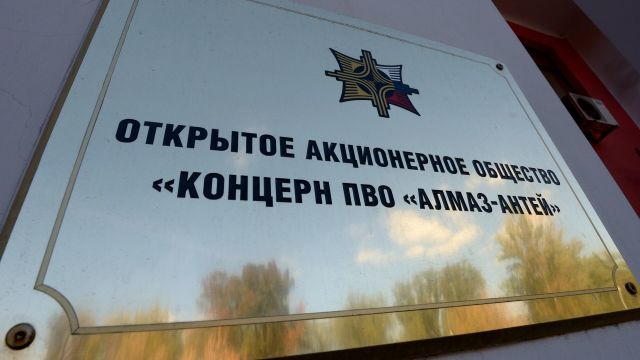Almaz-Antey Concern, the only supplier of air navigation equipment for the State Corporation for Air Traffic Management, received a government order for 650 million rubles. to create infrastructure in eight Russian regions to connect them to a unified system for monitoring airspace and controlling drones.
FSUE State Corporation for Air Traffic Management (GC ATM) has ordered the Almaz-Antey Aerospace defense concern to create an infrastructure worth almost 650 million rubles by the end of 2025 to expand the airspace surveillance zone to control unmanned aerial vehicles (UAVs) in Russian regions, Vedomosti writes.
The competitions in eight regions were held in April — May 2025. Almaz-Antey has been identified as the general contractor for all purchases.
123.7 million rubles will be allocated for infrastructure in the Sakhalin Region, 120.2 million rubles in the Primorsky Territory, 82.8 million rubles in the Khanty-Mansiysk Autonomous Okrug, 78.8 million rubles in the Tomsk Region, 68.4 million rubles in Bashkiria, 67 million rubles in Tatarstan, 54.2 million rubles in the Saratov Region, and Novgorod Region. - 46.7 million rubles —
Almaz-Antey, as the only supplier of aeronautical equipment for the ATM Group of Companies, was tasked with expanding the existing wide-range multi-position surveillance system (MPSN-Sh) to the field of unmanned aerial vehicles, as indicated in the procurement.
These are orders to build an ecosystem of automatic dependent surveillance-broadcasting, i.e. surveillance of airspace, so that drones become visible to aircraft pilots and controllers, explained Nikolay Ryashin, CEO of Rusdronoport.
MPSN-Sh is a distributed network of ground stations that receive radio signals from on—board transponders of unmanned aerial systems (UAS) and calculate the current location of the drone. Information from the MPSN-Sh will be processed and transmitted to the air traffic control center.
The deployment of the MPSN-Sh infrastructure is carried out consistently in many regions, thereby providing wide coverage of territories and creating a field of observation at a wide range of heights, said Alexander Kaniovsky, First Deputy General Director and co-founder of Fly Drone.
In Russia, from March 1, 2025, UAVs weighing up to 30 kg must be equipped with a remote identification system that transmits data on the height, coordinates, category of the drone and its identification index.
Almaz-Antey is also creating a unified drone flight control system by order of the ATM Group of Companies for 862 million rubles, Vedomosti reported in April. The platform should ensure the interaction of drone users weighing from 0.15 to 30 kg with the ATM Group of Companies, executive and local authorities, and third-party information systems on a one-stop-shop basis.
The proposal of the Almaz-Antey concern and Rostec, sent to the Ministry of Transport and the Government, to deploy a drone monitoring and detection system throughout Russia, which has been tested in St. Petersburg since 2021, was reported in September 2023.
The solution package includes ground-based monitoring and control infrastructure for unmanned aerial vehicles (UAVs) to detect violations. The infrastructure also includes means of suppressing and countering the "illegal use" of drones.
The infrastructure consists of a primary radar (ROSK-1), optical and thermal imaging devices, and dependent surveillance systems. Navigation provides for satellite positioning of drones via GLONASS, as well as mandatory equipping of drones with multi-band transponders (1090ES/GSM) with the ability to transmit information via a cellular operator.

